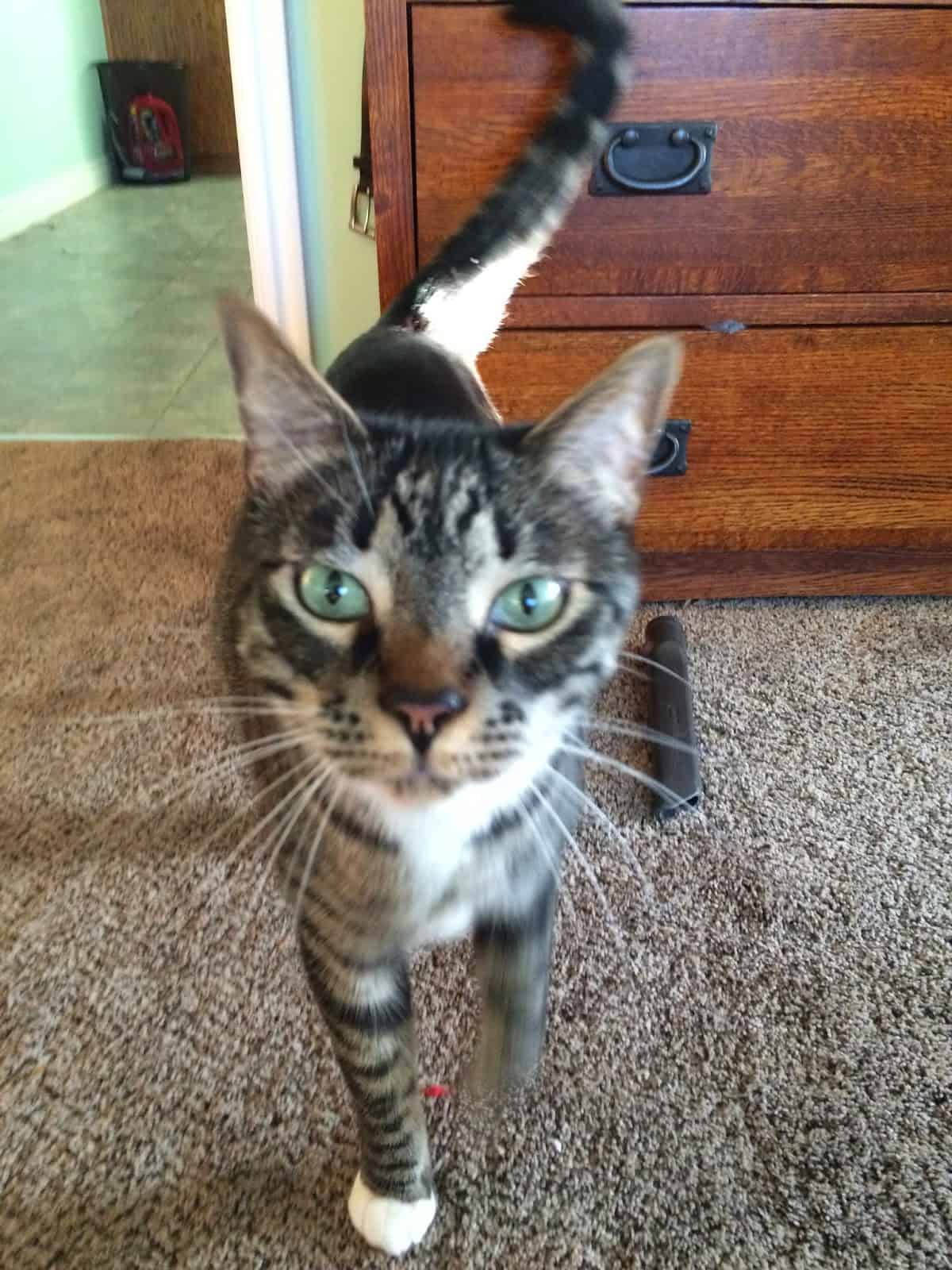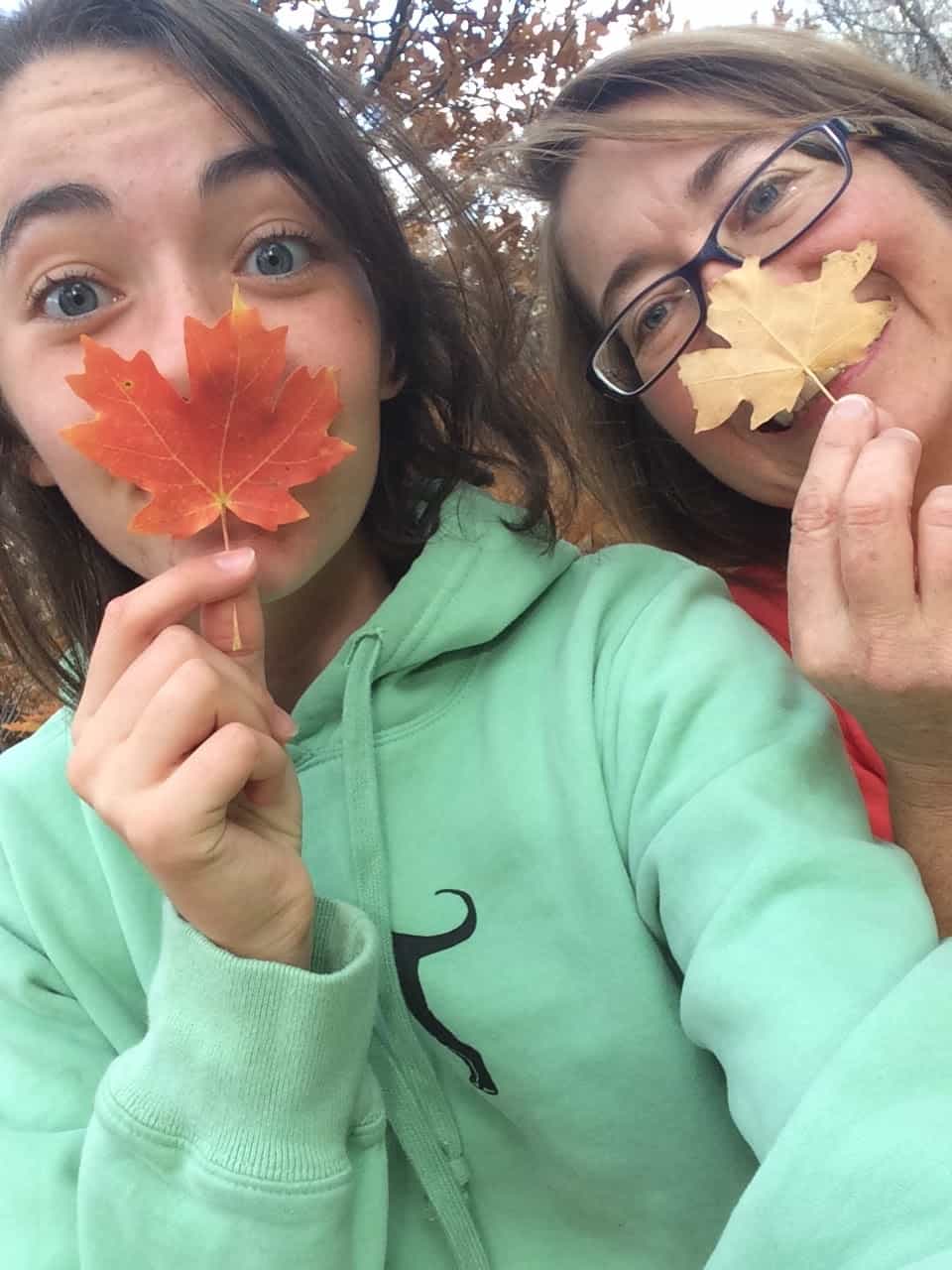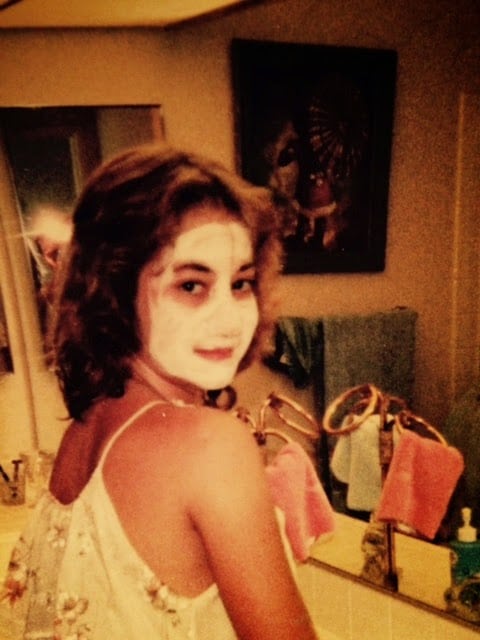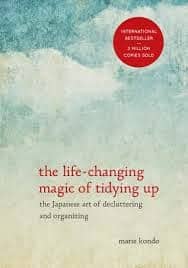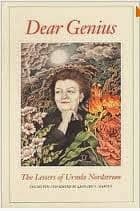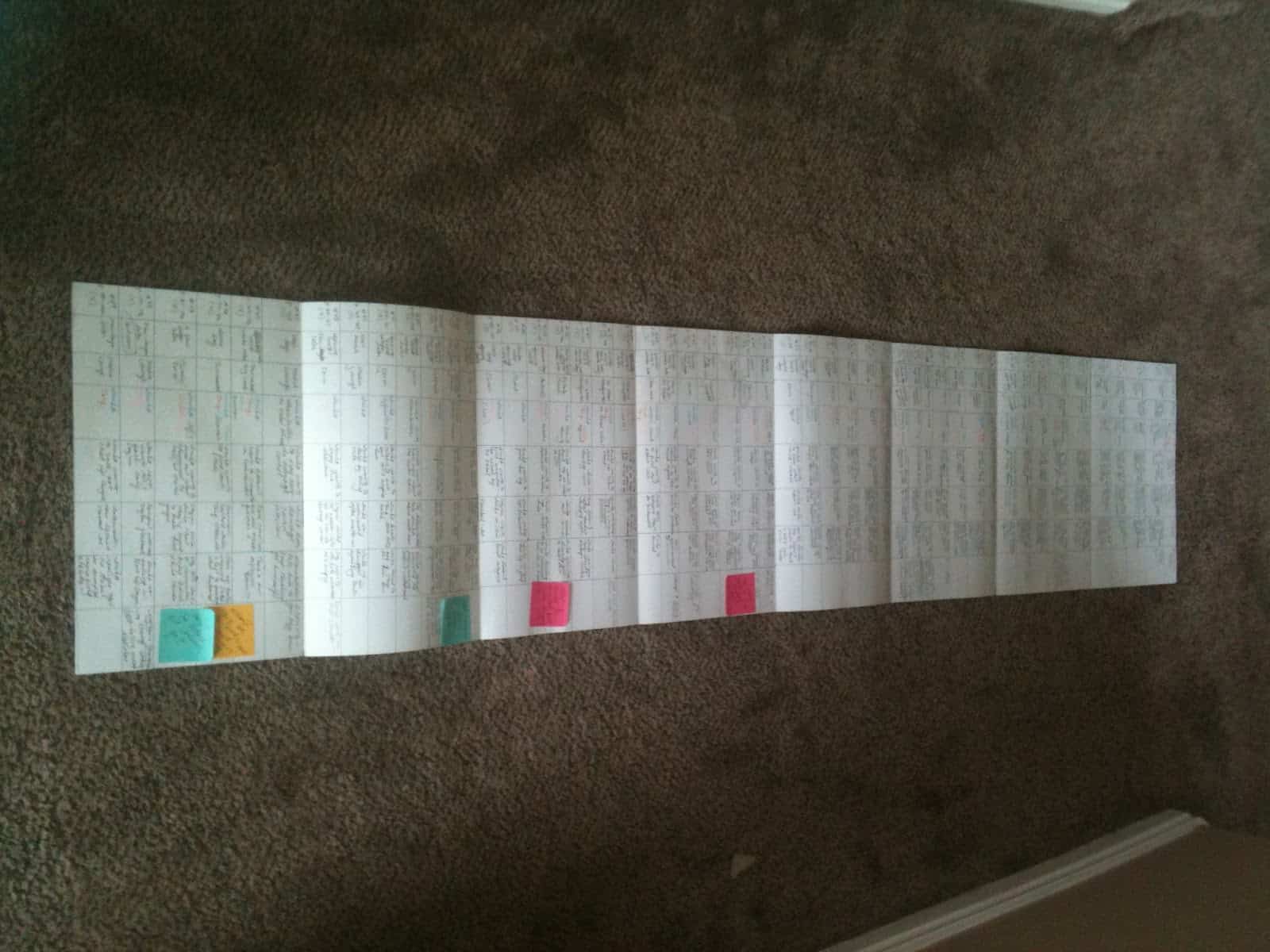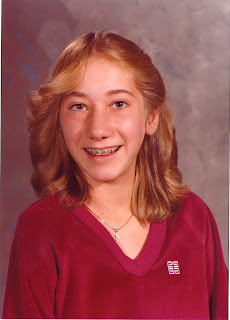If you want to be creative… be a 5th grader!
Tuesday night I conducted short writing workshops at Davis Reads Family Literacy Night. More students than ever attended the event (super exciting to get stuck in traffic for a literary event)!
I handed out paper and pens as the students entered the room, and we got to work quick. Fifteen minutes is a short time to talk about developing characters while doing a bit of writing and sharing. I presented different scenarios based on the age of the majority of my students. Elementary students got a bring your pet to school day mishap, while the teens worked with a public shaming situation. We hit on three main points: description (the easiest part), motivation (what the character wants), enemies (who or what is stopping the character from getting what he/she/it wants?)
Many students shared interesting ideas, characteristics, and unique responses to the situations, but the true out-of-the-box thinking came from 5th graders. Ten and eleven-year-olds possess solid skills, but they haven’t reached that point of self-consciousness that hits with puberty. That gives them such creative freedom! And, oh, they love to share and share and share.
 |
| The craziest idea of the night involved a hippo! The story worked! |
Older teens don’t share much. The ones who show up for family literacy nights really, really want to write. They listen attentively, write furiously, but they don’t dare allow anyone to judge their work publicly, especially a room full of strangers. Teens stay after to privately ask important and deep questions.
I’ve noticed that the teens who do share in public often stick close to the established YA cannon when creating their work. A sameness often seeps into the work of students once they hit the age of twelve.
Many years ago I judged the PTA Reflections contest at a neighborhood elementary school. Wow! The fifth graders wrote amazing stories and poems–clever, personal, fresh. The 6th graders, on the other hand, wrote almost as one mind. Safe subjects, safe interpretations. I’ve observed this same split while teaching in the classroom. I have to push 6th graders to dare to be different, not to worry about what others will think.
That brings me to my own creative life. How many times do I secretly fret about what others will think about my writing? Do I dare write about ? What will people say? Will my neighbors stop talking to me if it gets published? What will people say to my husband at work? What if people think that I’m like my characters?
I, too, could use a good dose of my inner 5th grader!
